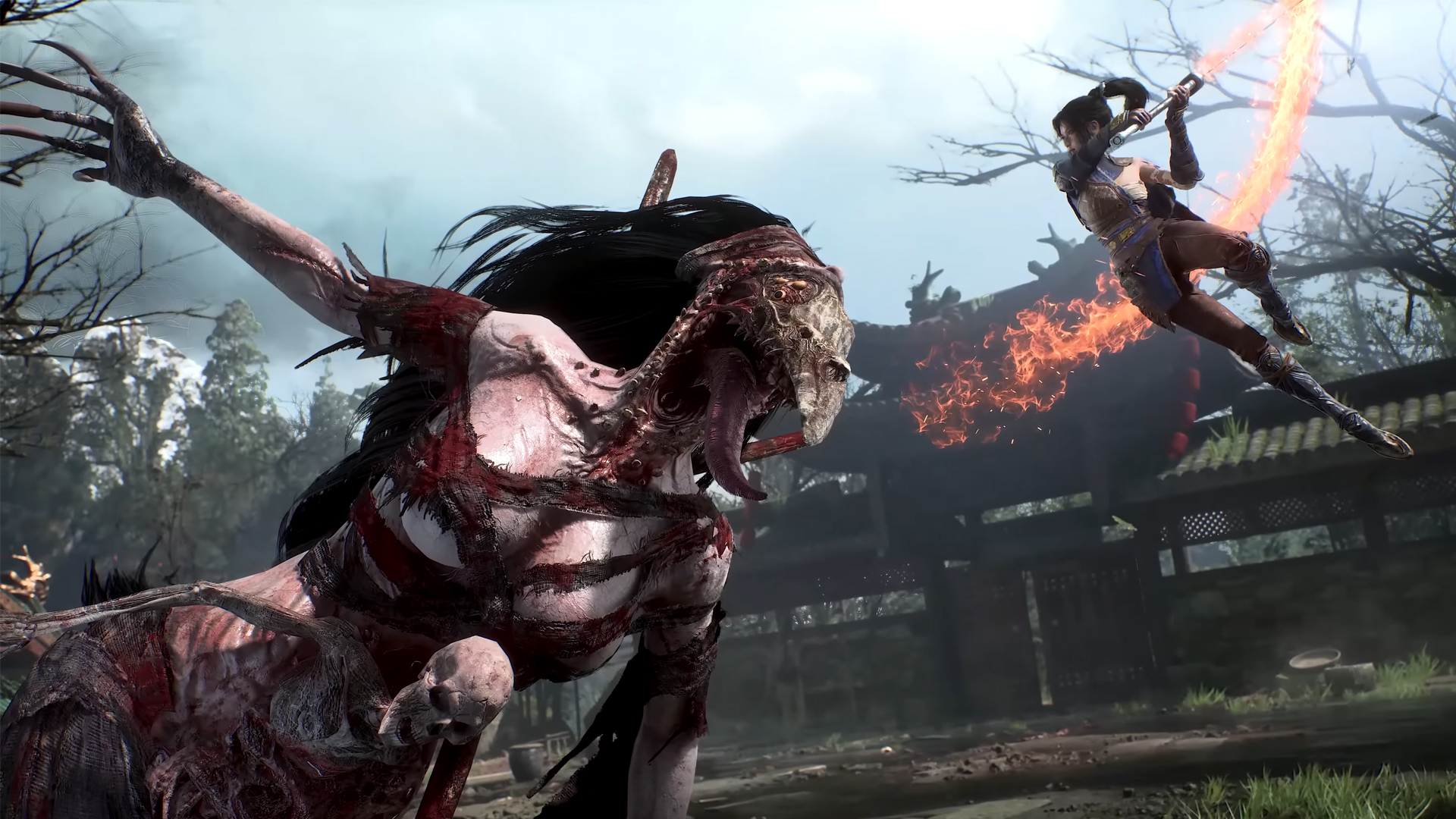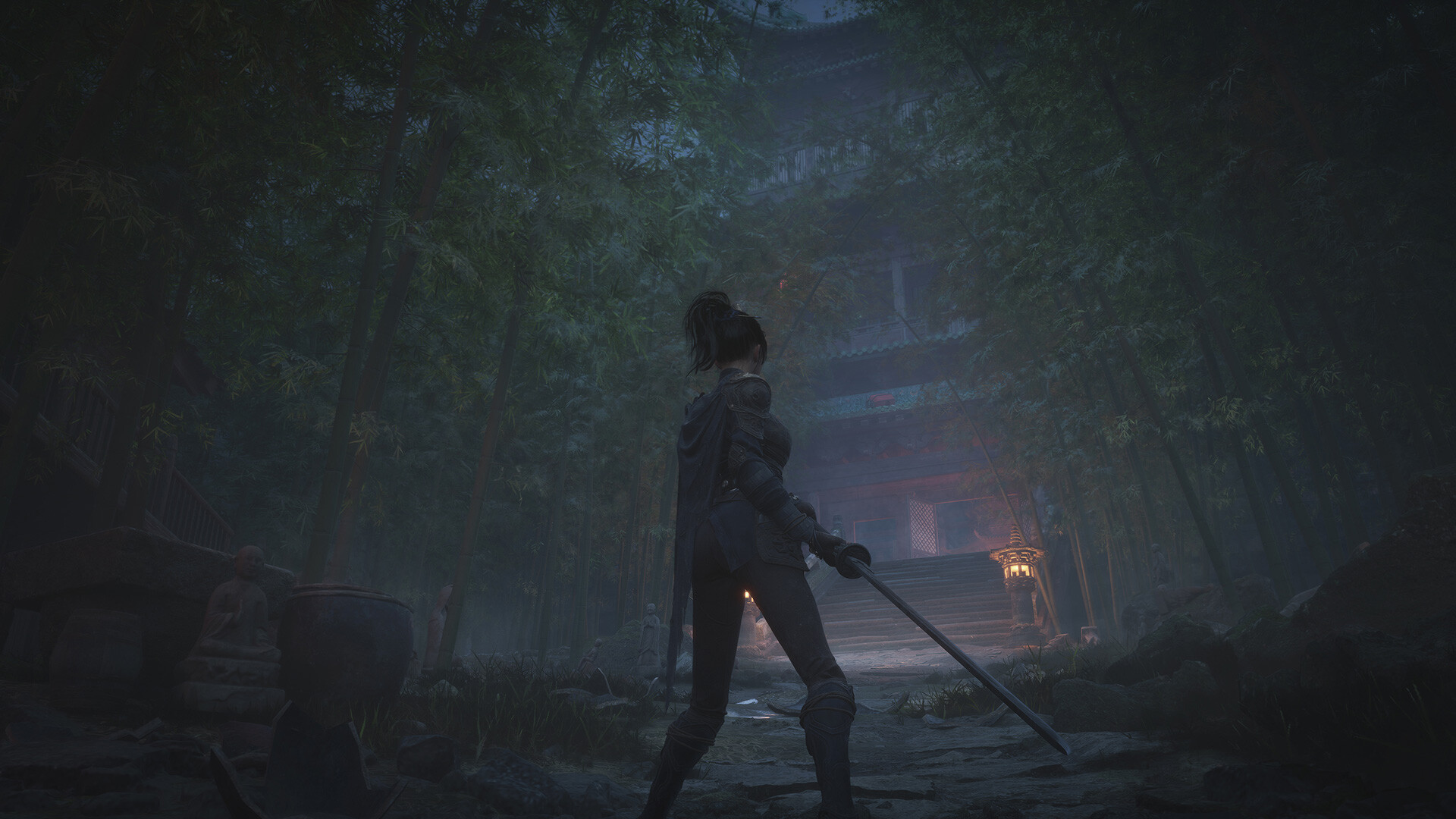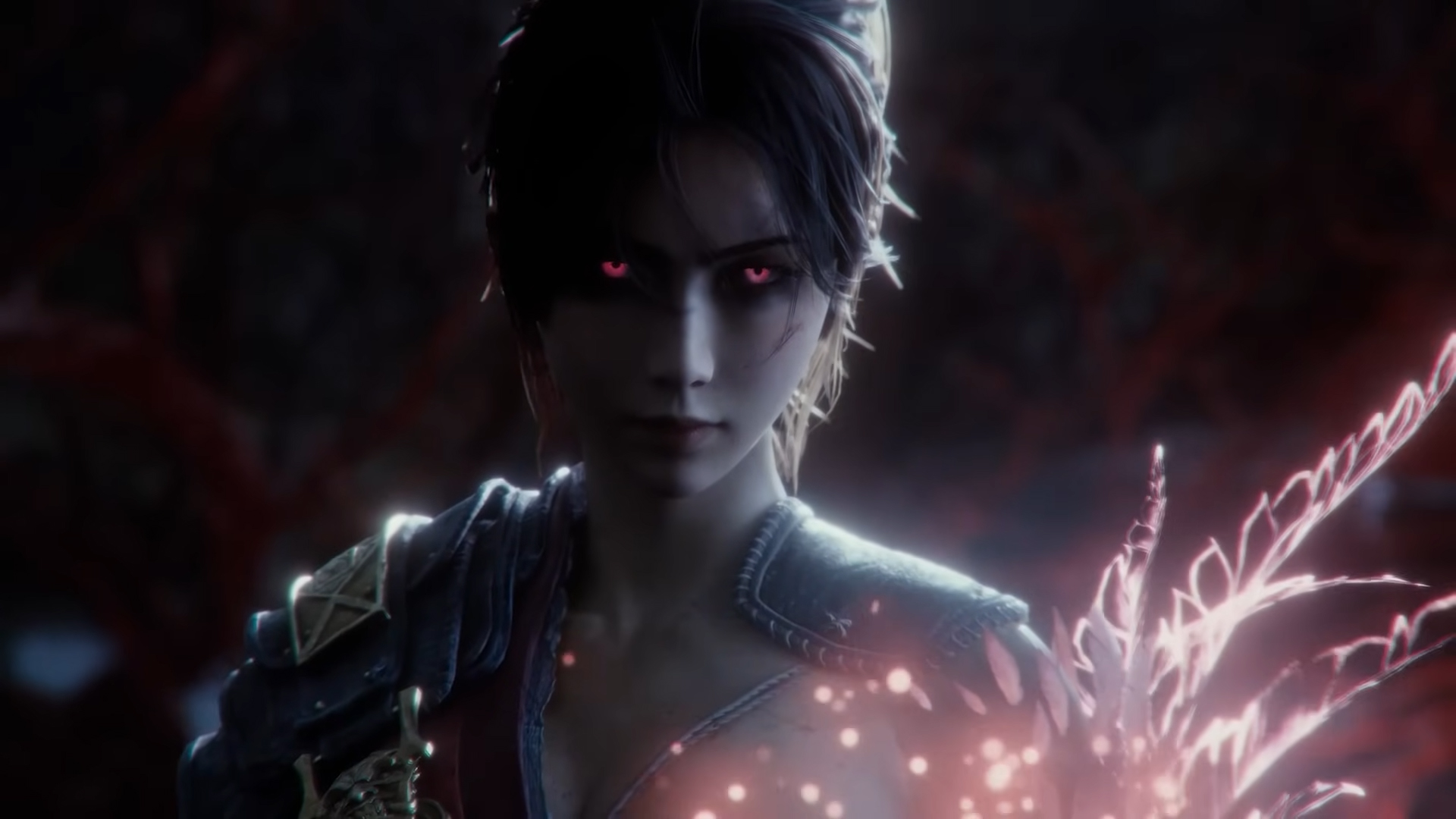Wuchang Fallen Feathers is a highly ambitious souls-like; however, it’s also a flawed experience, as we explain in our review.
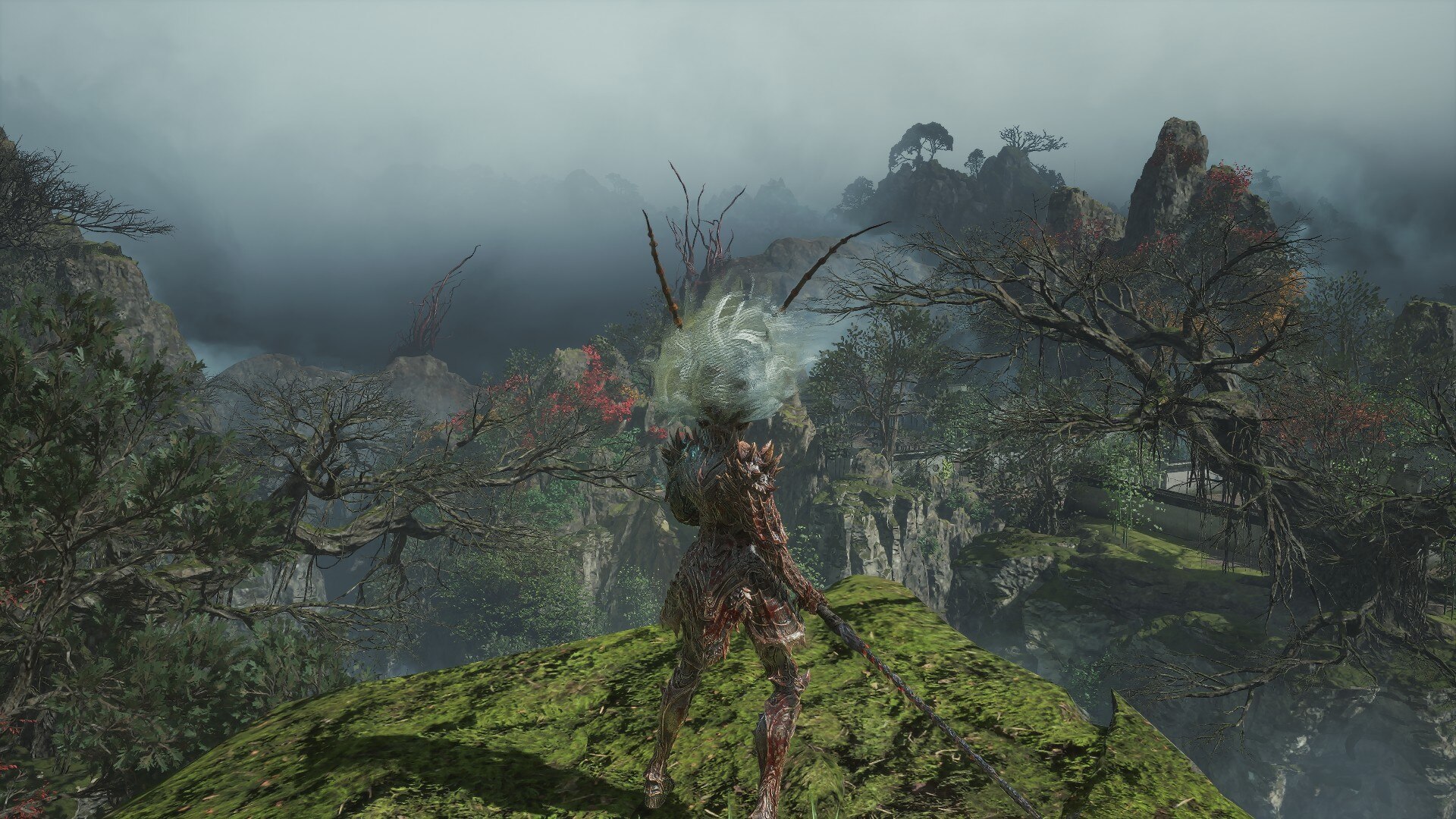
With its intriguing premise and a rather unique setting, Wuchang Fallen Feathers immediately grabs the player’s attention. And while the opening few hours of the game are quite fun, the game quickly loses its luster once you delve a bit deeper into the story (or what is there to speak of). Although the game is ambitious, more so than any other recent title that tries to claim the “souls-like” moniker, it’s ultimately a flawed experience, weighed down by a myriad of technical and design constraints.
Wuchang Fallen Feathers is a game that tries to do too many things at once, but fails to capitalize on its core strengths. That said, it’s also an incredibly fun souls-like, even with the aforementioned shortcomings.
- Developer: Leenzee
- Publisher: 505 Games
- Release Date: July 24, 2025
- Platforms: PC, PS5, Xbox Series X|S
- Reviewed On: PC
On the surface, Wuchang Fallen Feathers is essentially a souls-like that’s heavily inspired by some of the best games of the genre. The combat system here is taken straight out of Nioh, whereas the level design is oddly similar to Dark Souls. However, while the game wears its inspirations on its sleeves, it still manages to carve its own identity at the same time. Unfortunately, some of the odd design choices, as well as technical roughness, hold back Wuchang from greatness.
That said, there’s still a lot of fun to be had playing Wuchang, albeit for the right audience. Here’s our review for Wuchang Fallen Feathers.
Wuchang Fallen Feathers: A Competent Souls-Like, but Lacking a Hook
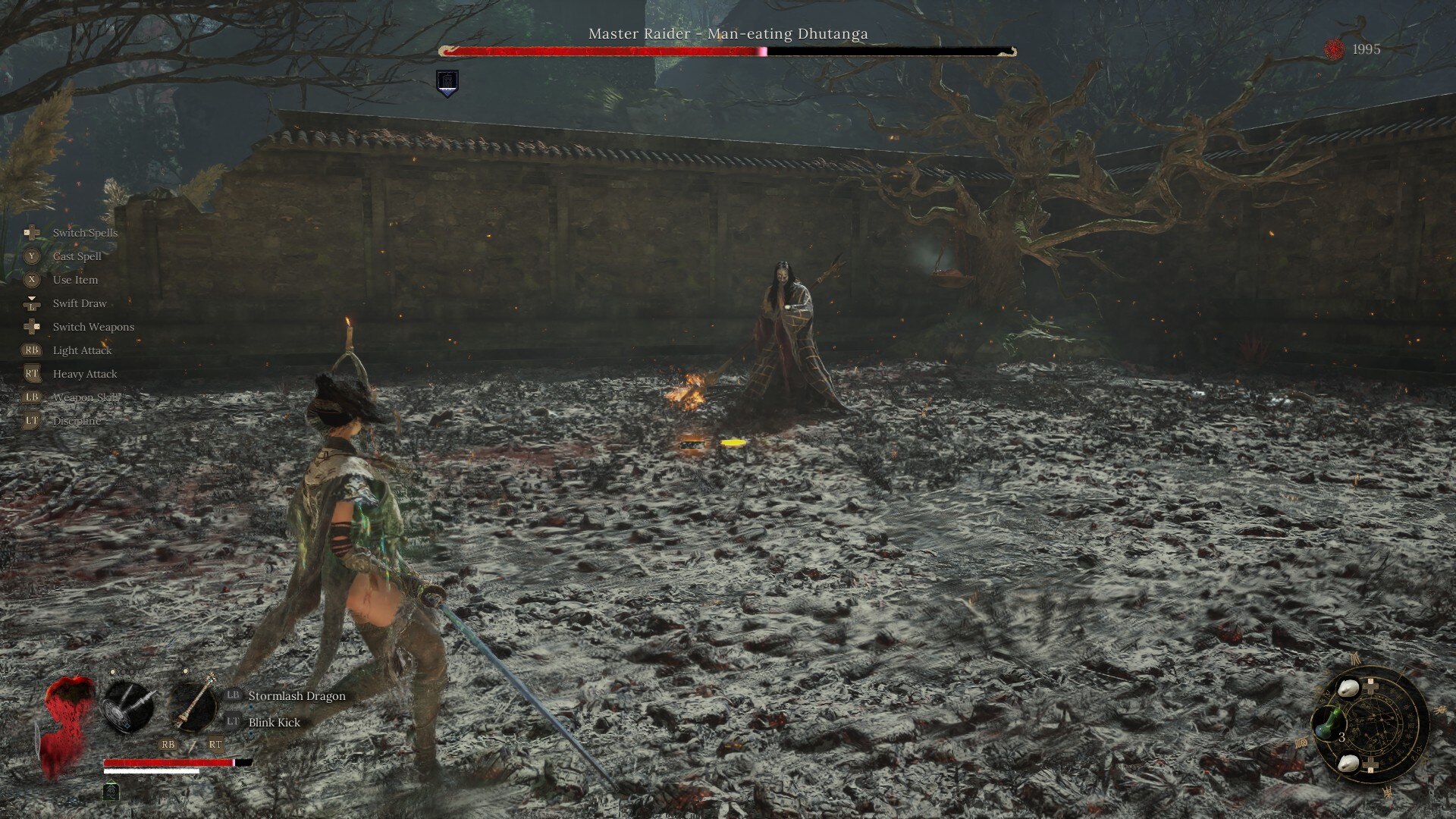
Wuchang Fallen Feathers is an amalgamation of different ideas from various iconic games of the souls-like genre. The game’s general progression and level design are pretty much identical to that of the original Dark Souls. And I think when it comes to the construction of the game’s levels and the sheer interconnectivity in between them, Wuchang easily bests most souls-likes out there. The combat, on the other hand, is lifted straight out of Nioh games, albeit with some restrictions due to the limited weapon types in Wuchang Fallen Feathers.
As much as I enjoyed the game’s weapons and spells synergy, the combat system in general is a mixed bag. While I really like the subtle animations associated with each weapon, which makes all of them distinct, the game barely allows creative use of said weapons. Due to how the bosses and enemies are designed in Wuchang, you’re usually funnelled into a handful of weapon types for your entire playthrough. Coupling that with the myriad of systems the game has at its disposal makes the combat feel less welcoming and more intimidating.
Apart from the combat system, another major hook of Wuchang Fallen Feathers is its story. Well, at least that’s what the game’s marketing will make you believe. As a fan of the souls-like genre and the “cryptic” storytelling in these games, I was initially quite intrigued by Wuchang’s mysterious past and the game’s setting. However, as I progressed through the game, it eventually became apparent that Wuchang isn’t a game about the story.
There are subtle environmental story beats in the areas you visit and even the NPCs you meet. However, the story of the game never really gets its hooks into you unless you’re willing to spend a ton of time reading between the lines. The story does get somewhat interesting during the latter half of the game. However, by that point, I was already checked out of the game’s narrative. It also didn’t help that the protagonist is a blank slate, despite being a fixed character.
The only thing that kept me interested was the boss fights. And I don’t think that should be the case for a souls-like RPG.
Presentation and Fan-Service
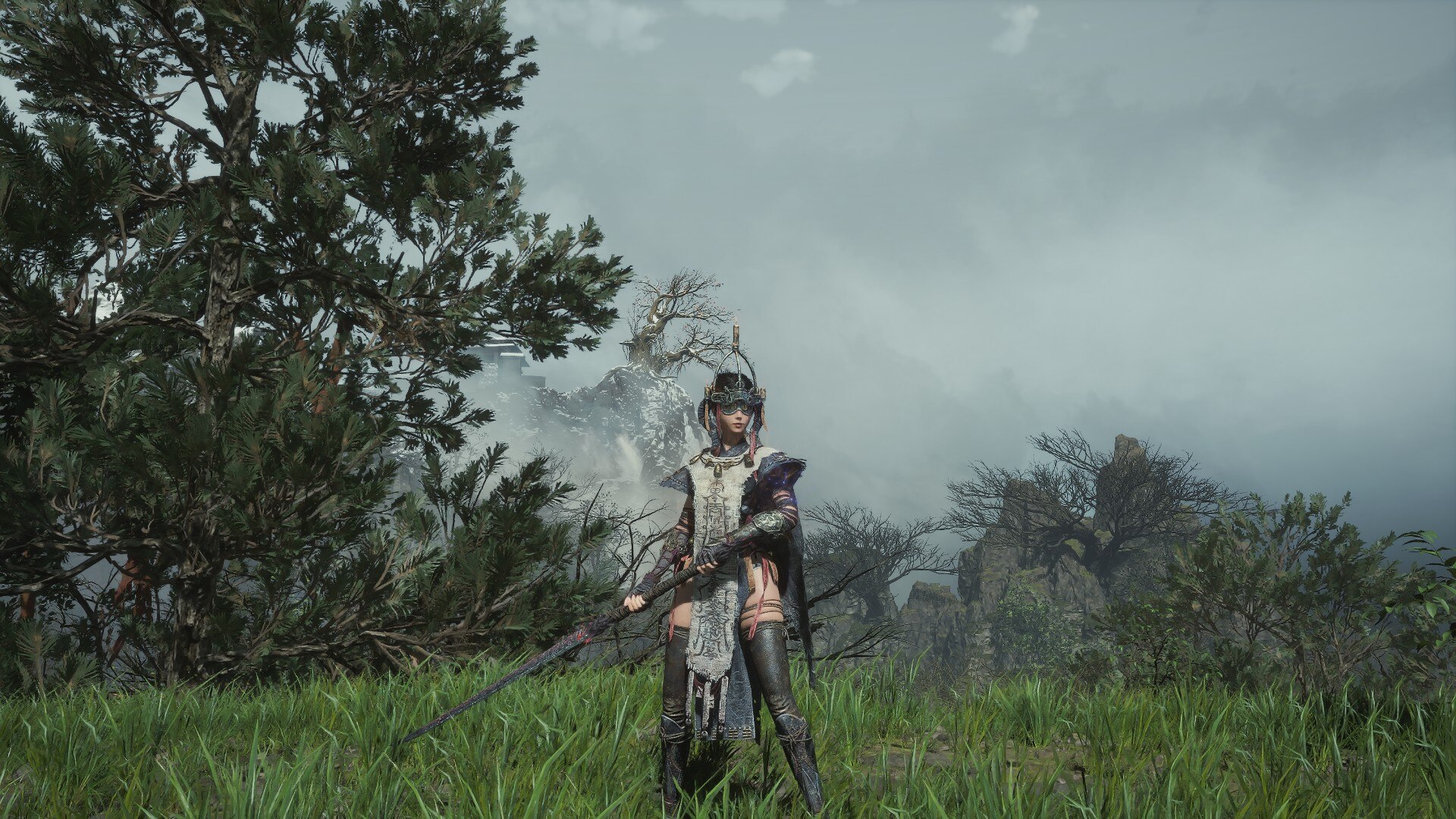
Let’s get the biggest issue out of the way, that being performance and presentation. Wuchang Fallen Feathers is a gorgeous video game, at least when it’s firing on all cylinders. The game perfectly marries the photorealistic rendition of the late Ming Dynasty environment with a fantastical overcoat of Chinese mythology-inspired NPC designs. However, in doing so, Wuchang also makes it look quite generic. If you’ve played any Unreal Engine 5-based open world or souls-like game in the last few years, you will find Wuchang quite derivative of those.
Visually, the game looks eerily similar to Black Myth Wukong, at least when it comes to the environments. There’s still a distinction between other games and Wuchang, particularly in the character designs. However, the game’s environments look quite generic for a souls-like. The game starts with a mandatory forest area, then transitions to a ruined temple, and eventually takes you to a barren wasteland, complete with poison swamps. There’s also an ice-covered region that feels quite similar to Sekiro’s Mount Senpou.
The environments in Wuchang Fallen Feathers are quite varied. However, they aren’t anything new, which is a tad disappointing. That said, if this is your very first foray into souls-likes, I think you’ll find Wuchang’s environments quite impressive. Moving over to character designs, this is something Wuchang excels at. From the protagonist to the bosses, the game features top-notch character designs, albeit with some glaring flaws. One thing that I really liked about Wuchang is that it never repeats bosses or even elite enemy types.
There are no reskinned bosses, which is a breath of fresh air coming from games like Elden Ring and even Black Myth Wukong. I also like the game’s focus on “fan-service,” despite it feeling a tad out of place sometimes. While I do like the number of costumes available for Wuchang (the protagonist), some of them feel incredibly out of place for the “grounded” setting of the game. Although I don’t have any issues with fan service, I do take umbrage at its inclusion if that affects my immersion.
Some of the outfits do feel like “lingerie disguised as armor.” Coupling that with the one-dimensional personality of Wuchang makes her feel like a “doll” and not in a good way. That said, there are also plenty of armor sets in the game that feel “setting appropriate,” and also, the game gives you access to “transmog” fairly early in the story. Still, I would’ve liked the fan-service elements to have been toned down a bit, in favor of immersion, but I digress.
Combat and Progression
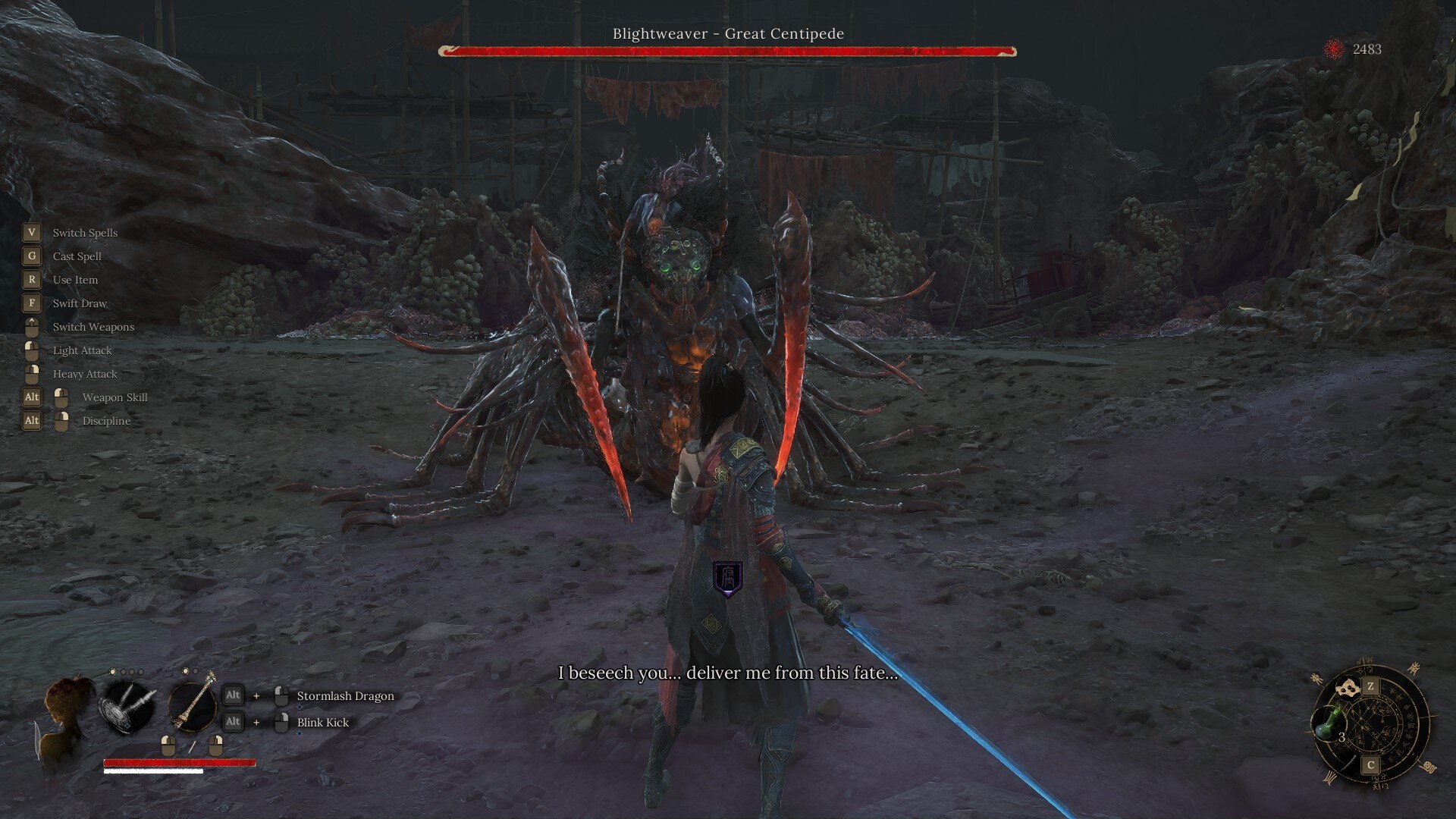
Combat in Wuchang Fallen Feathers is one of its strongest suits. On paper, it’s a straightforward souls-like combat system. However, the unique aspect of Wuchang’s combat is how it seamlessly weaves spell casting with melee combos. There’s no “class system” in Wuchang. Instead, the game gives you access to all of its tools right from the get-go and encourages you to experiment with different weapon types and spell synergies. Also, there’s no stat requirement to use spells; it’s just a thing that you can use by default, granted you have enough Skyborn Might charges.
Skyborn Might is this game’s “FP,” but unlike in Elden Ring, it’s not a finite resource. Instead, Skyborn Might replenishes automatically during combat, allowing you to use spells in between melee strikes. Skyborn Might only regenerates if you’re able to perform parries, perfect dodges, or a charged heavy combo. It’s essentially a “high-risk-high-reward” scenario, which keeps combat interesting, even after you reach the game’s finale.
Every weapon type in Wuchang offers a unique moveset, which determines how you approach combat. Alongside a robust skill tree, there’s a ton of depth in Wuchang’s combat, which I really liked about the game. Moving on to progression, it’s a fairly straightforward souls-like affair, as usual. As you defeat enemies and bosses, you obtain Red Mercury, a la this game’s rendition of “Souls/Runes.” Red Mercury is then used to upgrade Wuchang’s stats via the skill tree.
However, instead of a linear leveling system, Wuchang employs a weapon-based upgrade path. The base stats of Wuchang are mostly determined by the armor you choose to wear. There’s no encumbrance system, and hence, you can use any armor you see fit for specific boss fights. Meanwhile, stats like Vigor, FP, and Endurance can be upgraded via the skill tree. The way the skill tree is designed isn’t intuitive at all. Wuchang tries to emulate the skill tree in Nioh, but ends up drifting close to that of Assassin’s Creed Valhalla.
While the skill tree here is functional, it’s not the most intuitive (or ideal) attribute progression system in a souls-like.
Story, or Lack Thereof
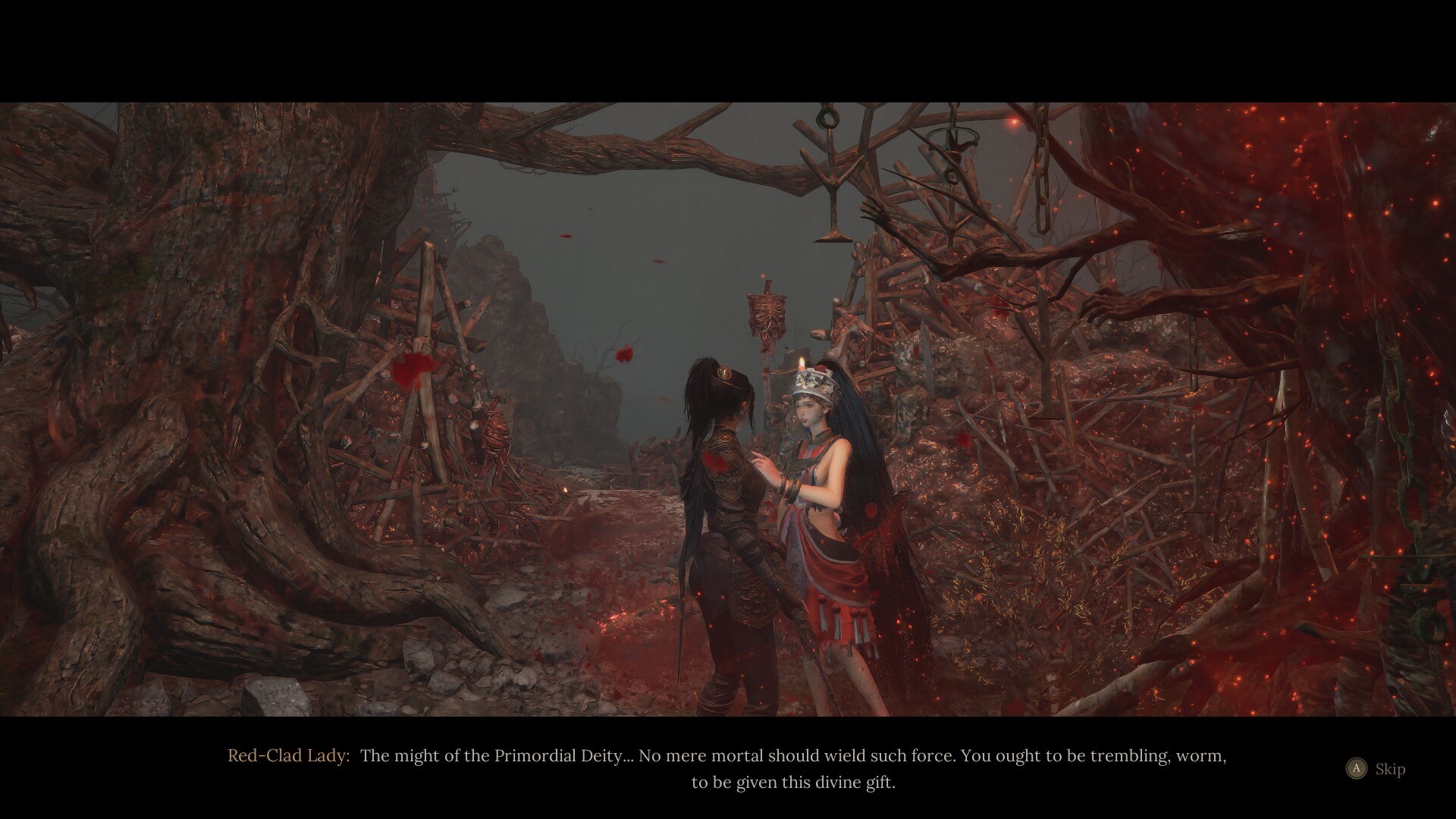
Wuchang Fallen Feathers’ opening few hours of the story are genuinely intriguing, which is precisely why I felt ever so disappointed by how dull the narrative ultimately turned out to be. As a fantasy nerd, I was genuinely intrigued by Wuchang’s prospect of mixing real-world history with Chinese folklore elements. The game is set in the late Ming Dynasty, a tumultuous period in Asian history. The game also features real-life locations that are worked into the fictional map of Shu. These locations are created with painstaking detail and are easily the highlight of Wuchang’s presentation.
Furthermore, during certain parts of the story, you get to meet real-life historical figures from the era, albeit with some liberties taken to make those personalities fit into the game’s setting. Wuchang essentially takes the same approach as Nioh, where it tries to meld real history with fantastical elements of the era. As a fan of the Nioh games, this was something I took a liking to. However, the story and even the key characters were nowhere near as charismatic or captivating as ones you would find in the Nioh games.
As I played through the game, it became clear that Wuchang has a major pacing and protagonist issue. While you do have a set protagonist in this game, she’s nothing more than a blank slate, even without taking her “amnesia” into account. The story revolves around Wuchang trying to piece together her past while also solving the mystery behind the Feathering disease. However, the way the story is structured, you seldom feel the urgency of Wuchang’s situation.
As a protagonist, Wuchang isn’t very expressive, which defeats the purpose of her being a preset character.
While I didn’t expect her to be as fleshed out as Geralt of Rivia, I did expect some depth from her character to feel connected to her journey. As it stands, Wuchang is simply a vessel that you explore Shu with. The story is also very disjointed at times. While I won’t go into spoilers for obvious reasons, I can say that the narrative in Wuchang Fallen Feathers isn’t its strongest suit. It’s there if you care to go through item descriptions, but not the focal point of the experience.
Boss Fights and Balancing Issues
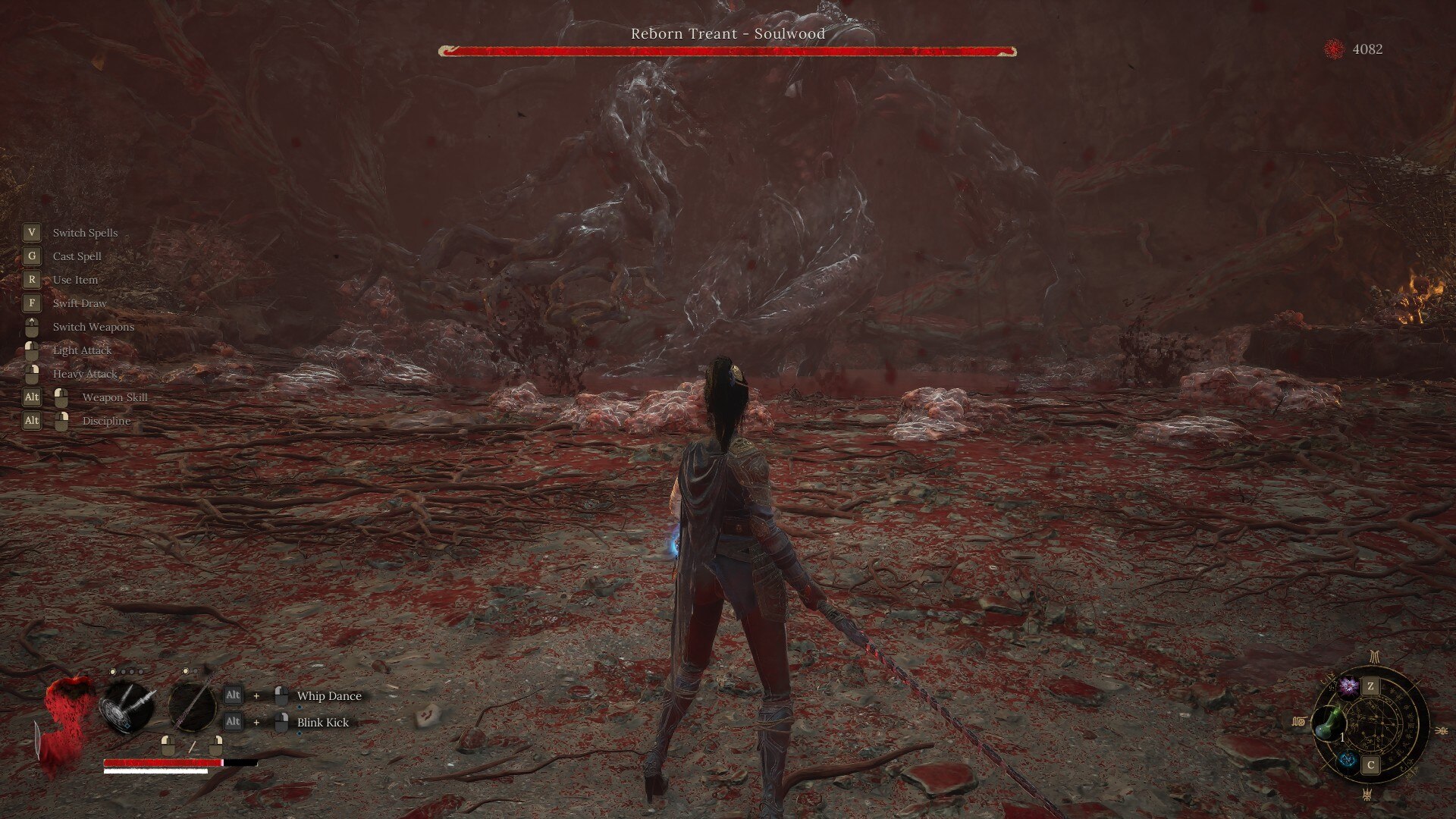
When it comes to a souls-like, nothing is more important than having quality boss fights. One can easily overlook flawed storytelling, exaggerated fan-service, and even a bland protagonist if the boss fights and core gameplay loop of a souls-like are good. Thankfully, Wuchang Fallen Feathers does deliver on that front, well, for the most part. The majority of the boss fights in the game are quite good, offering a good balance between spectacle and challenge. However, there are a few boss encounters in Wuchang that aren’t nearly as “fun” to engage with as others.
Furthermore, similar to Stellar Blade, Wuchang Fallen Feathers has a balancing issue with its boss encounters, which rears its head only after you progress past the first half of the story. Some encounters rely on “gimmicks,” a trope that never fits well in a souls-like RPG. For instance, there’s a boss towards the finale of the game’s second act, who requires you to parry her attacks. This, on its own, isn’t a major issue since parrying has always been a core part of souls-like combat.
However, in the opening hours of Wuchang, you’re never incentivized by any enemy or boss to use the game’s parry mechanic. Furthermore, parrying in Wuchang isn’t as simple as just pressing the “deflect” button. Instead, you need to spec into a specific weapon type, unlock a specific Discipline, and equip it, ahead of the boss fight. While there is a way to defeat the boss without parrying, it’s not the ideal way to deal with the encounter. And as a result, this boss ended up being a major roadblock for me and my colleagues when we first encountered her.
In addition to that, most bosses in the game are incredibly fast, so much so that if you’re using anything other than a One-Handed Sword, Dual Blades, or Spear, you’re setting yourself up for failure.
Performance and Major Shortcomings
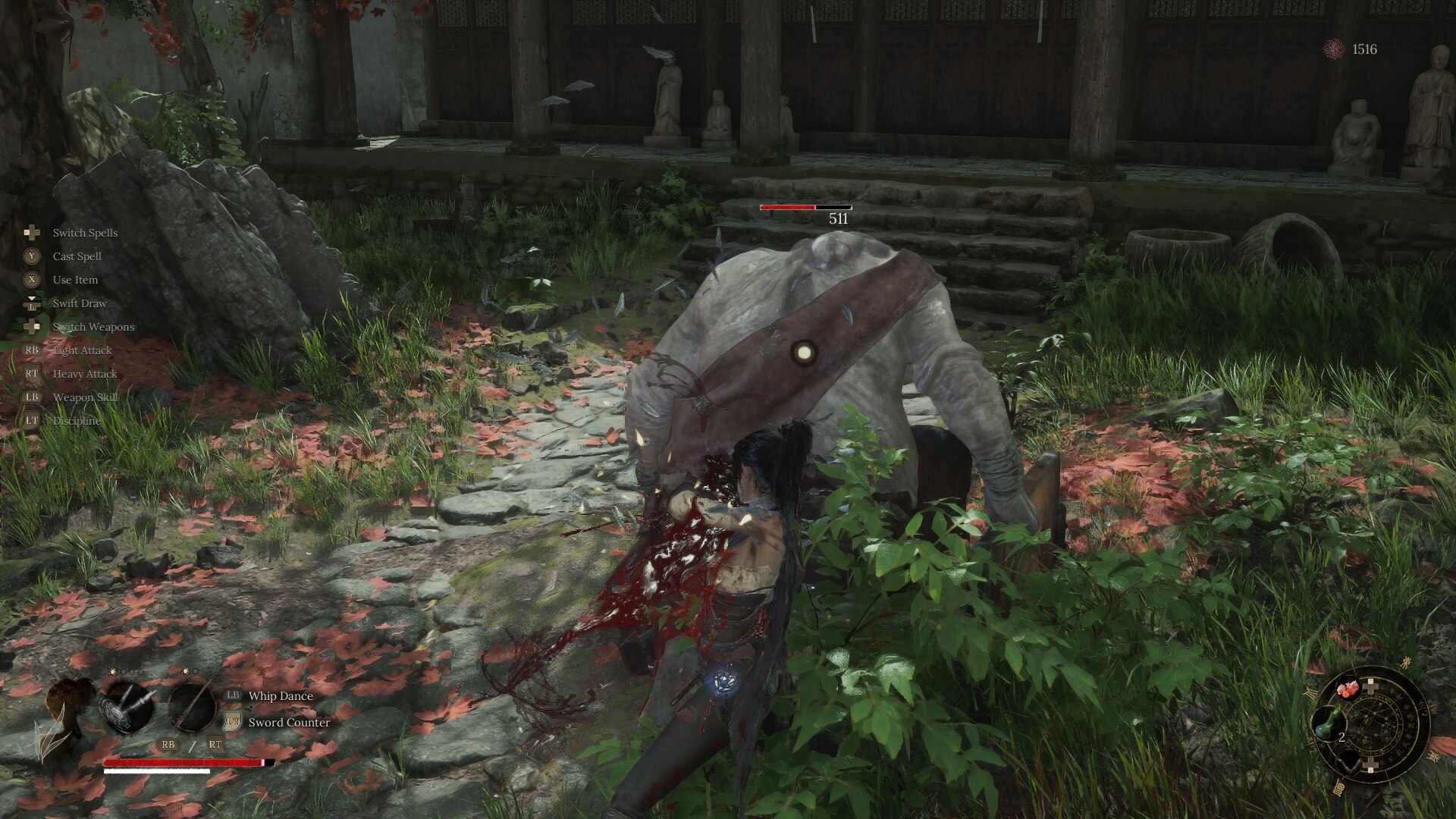
As an Unreal Engine 5 game, I expected some performance hiccups while going into Wuchang Fallen Feathers. However, the game ended up surprising me in that regard, and not in a good way. While it’s not nearly as bad as Lords of the Fallen pre-release, it’s close. From stuttering issues to random crashes, I’ve faced it all throughout my 30 hours with the game. I tested Wuchang out on two GPUs – RTX 4070 and RTX 4060. Although 4070 was able to play the game at 1440p at a reasonable frame rate, the 4060 struggled to even maintain a stable 30fps.
The main reason that I found behind the game’s poor performance is its incredibly high VRAM usage. Additionally, there seems to be a shader-related issue in the game that doesn’t fix itself even after a fresh driver installation. Also, being a UE5 game, Wuchang is practically unplayable at native resolutions. I had to use DLSS even on the RTX 4070 to stick close to the 60fps target. There’s also support for Frame Generation, but it introduces a whole new bucket of issues that isn’t worth the minuscule performance uplift.
In addition to that, there’s also a bug in the review version of the game that depreciated the game’s performance if I used an Xbox controller. Using a DualSense did not have any effect on performance. However, using an Xbox Series controller caused the game to exhibit micro-stutters during traversal and also latency issues. This is among the known issues that 505 Games has confirmed will be addressed in the day-one patch. However, it is something that affected my experience going through Wuchang.
Lastly, the game in general has a number of visual and audio-related bugs. For instance, I had a persistent issue during my playthrough that essentially muted all NPC dialogue audio. I basically had to play Wuchang like an old-school Zelda game, reading the dialogue instead of listening to it. Additionally, there are some mixing-related issues in certain boss fights, which cause sound effects related to certain attacks getting muffled. There’s also the usual T-posing and clipping issues that are common in Unreal Engine games.
In Conclusion
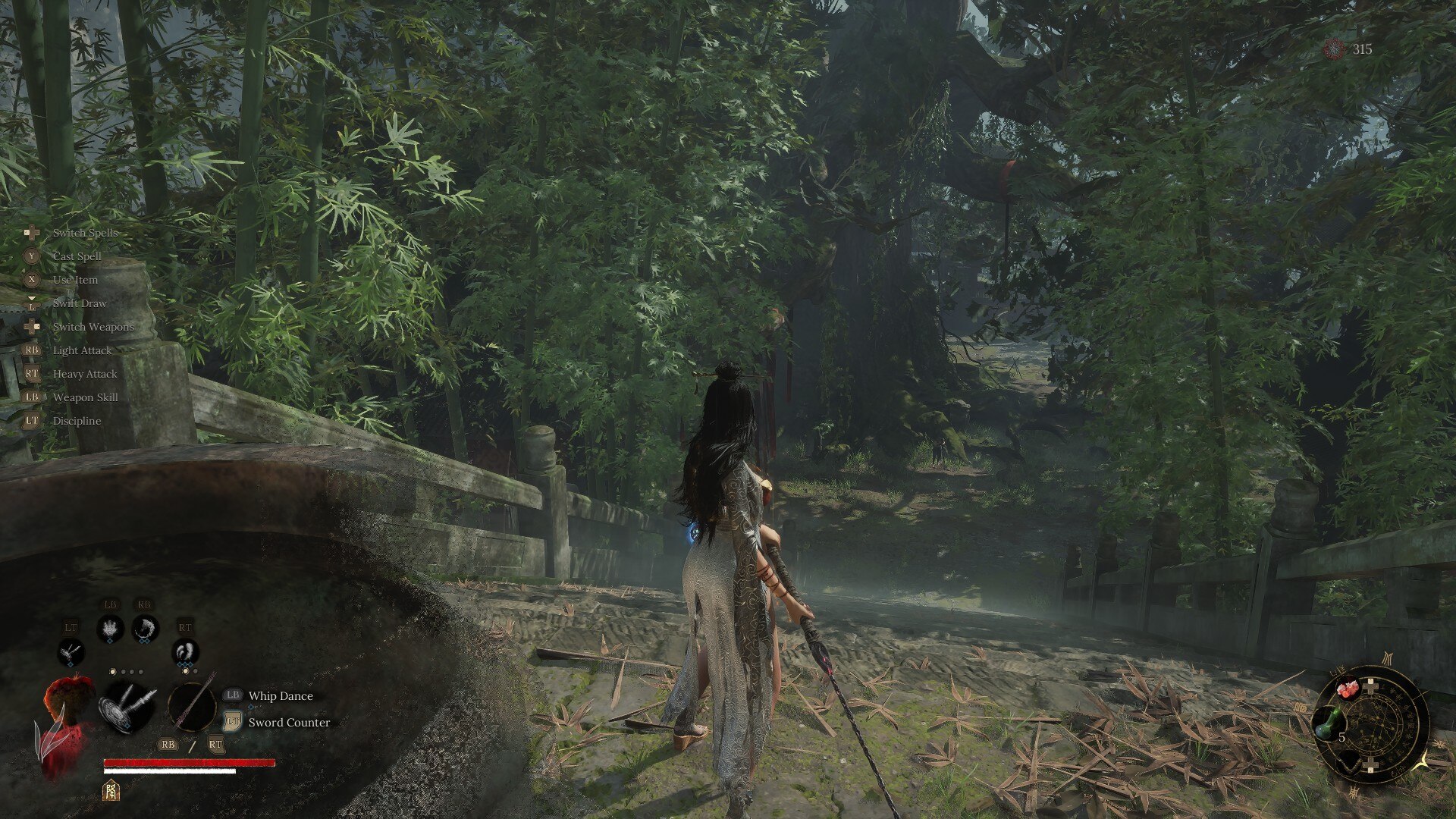
Wuchang Fallen Feathers is an incredibly competent souls-like game, one that offers a good mix of ideas from some of the best games of the genre. However, the game’s ambitious nature often comes in the way of its quality. The game tries to juggle too many systems at once, and in doing so, never really manages to find its footing. While there are genuinely good ideas here, especially when it comes to the inventiveness of the boss fights and the combat system. However, there are also enough flaws in the experience that hold the game back from being counted among the best of the genre.
That being said, Wuchang Fallen Feathers is still a good souls-like. And if you’re looking for a game that offers challenging boss fights and impressive visuals, I think Wuchang has you covered. While I did not like the game as much as I thought I would, it’s still an incredibly “fun” experience, granted you have a powerful enough PC to run it.
Wuchang Fallen Feathers is an incredibly competent souls-like game, but one that’s held back by its own design choices. Although the game does impress with its intriguing setting, robust combat system, and challenging boss fights, it falls short in leaving a lasting impression. There’s more to a souls-like than just “difficult boss fights,” and that’s something Wuchang seems to overlook. While it is a good game and offers moments of fun, it ultimately falls short of delivering a truly quality souls-like experience.
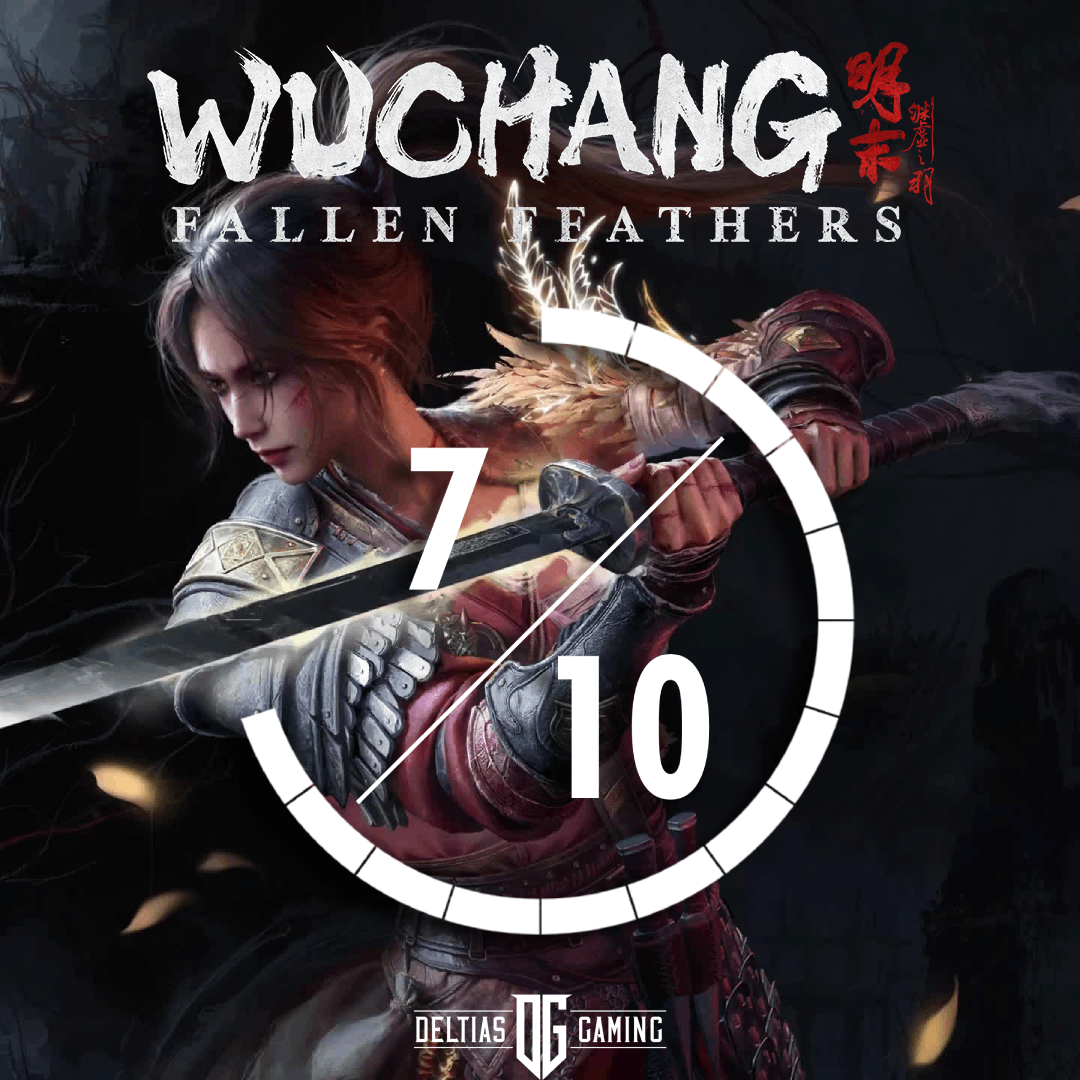

We provide the latest news and create guides for Wuchang Fallen Feathers. Meanwhile, you can check out the following articles or catch us playing games on Twitch and YouTube:
 Reddit
Reddit
 Email
Email
